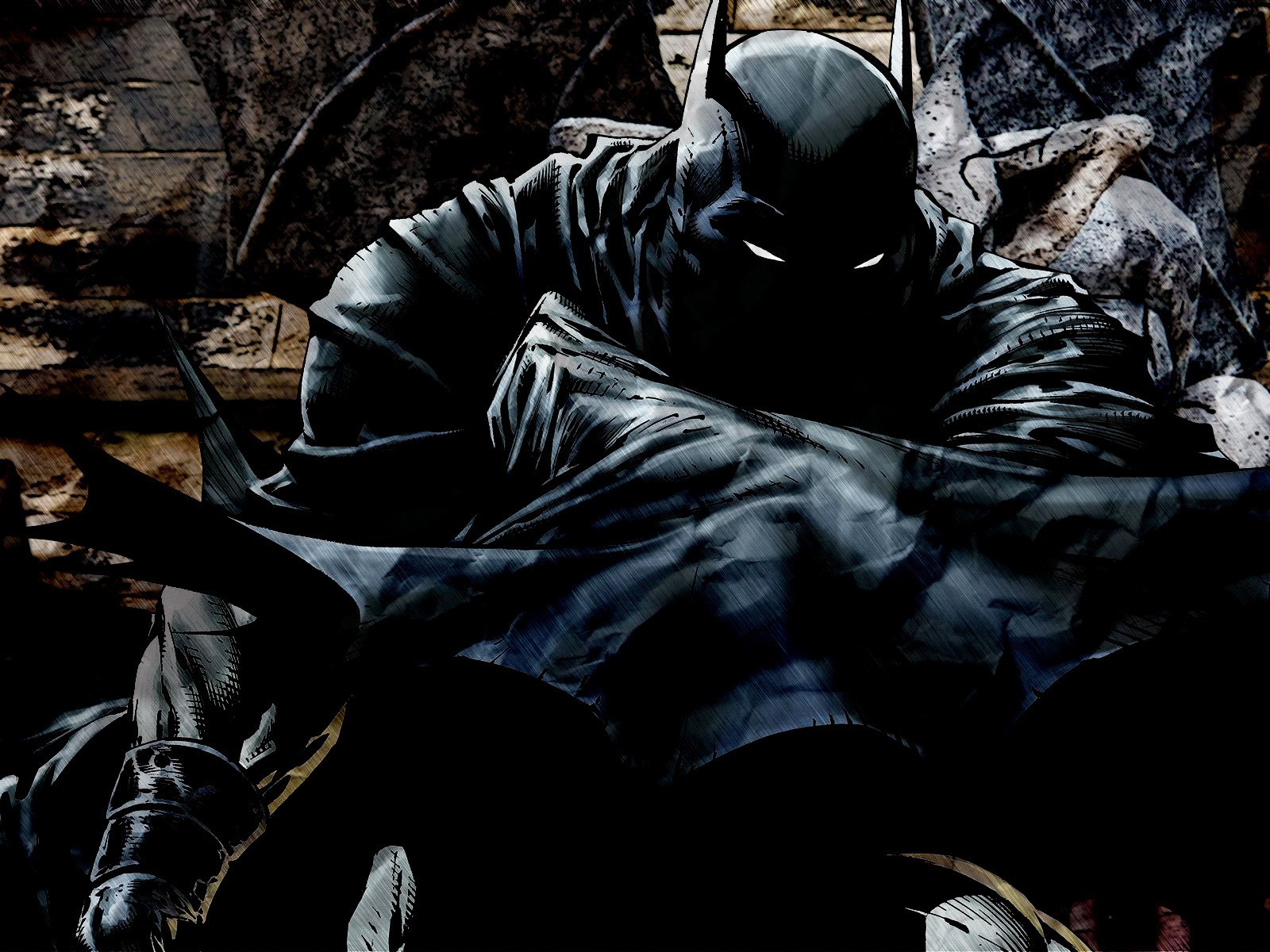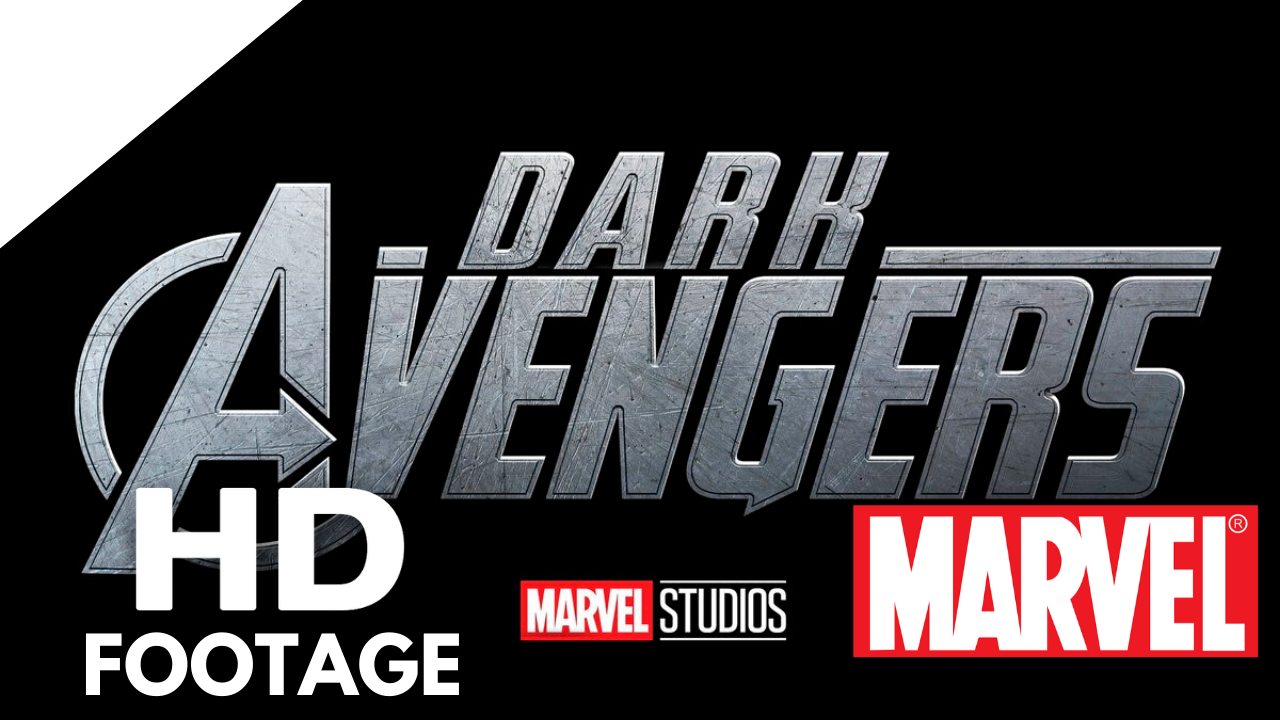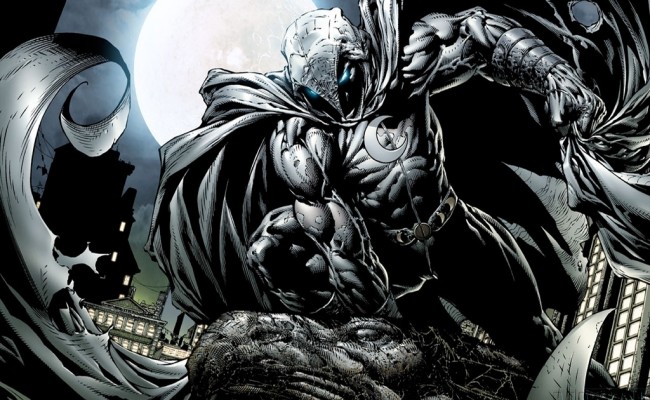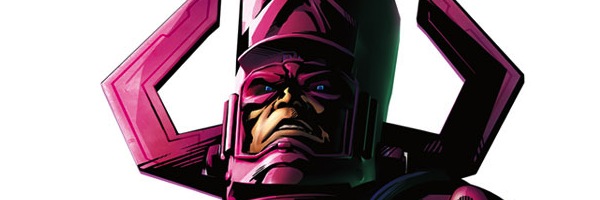Batman. That Caped Crusader. He who punches clowns in the face.
That’s who we’re talking about in this latest installment of the Geeky Godfathers of the Internet. That orphaned vigilante really has a stranglehold on fandom. And can you really blame all those Gotham obsessed fanboys and fangirls? Batman’s cool. Really cool. He’s like the bastard child of Tony Stark and Bruce Banner. Equal parts suave billionaire and burdened pilgrim.
Well, our friend Collin Colsher is one of the most dedicated Batheads we’ve ever met and he’s in charge of a really awesome website you should know about.
The Real Batman Chronology Project.
Collin’s dedicated to placing every Modern Batman book in chronological order. No small feat, especially considering how shamelessly DC exploits Bruce Wayne in every possible book. Collin first birthed the concept in 2009, when he delved into modern Gotham books, and he’s now 5 years into it.
______________________________________________________________________________________
First things first, if you had to introduce yourself in 3 sentences, what would you say?
My name is Collin Colsher. I was born in Pennsylvania. I am a writer, a scholar, a teacher, a filmmaker, a political activist, and most importantly a comic book nerd.
Besides the chronology project, what is your average day like? If “Batman Blogger” is your superhero identity, then what is alter ego? An accountant? A books salesman? I think it’s so incredibly interesting to find geeks from all steps of life.
My average day is quite busy. I’m a pre-kindergarten teacher at a private school in Brooklyn, NY, so Monday through Friday I’m knee deep in four-year-olds. I’m also a filmmaker by trade (or, rather, in what little spare time I have these days).
Can you tell our readers a bit about your site. When did you start The Real Batman Chronology Project. Why?
The Real Batman Chronology Project is a website dedicated to mapping Batman’s in-story comic book narrative history as precisely as possible. Continuity is such an integral part of any serialized fiction in any media format. However, only in superhero comics do we get the most complex narrative worlds connected together by a seemingly infinite web built by hundreds of creators (writers, artists, editors, publishers, and more). At the end of the day, especially for Batman, there are dozens of books a month that all take place in the same shared universe. How do they all fit together? How can they? How do all these creators not step on each other’s toes? I’m here to answer those questions.
Initially, the idea before the idea for the Project was simply to read every Modern Age (post-original Crisis) Batman book in order. I’ve been a collector ever since I was a child, so by 2009, I had amassed enough of Batman’s vast catalog that I felt I could attempt the task. It being 2009, I was also completely enthralled with Grant Morrison’s run on Batman in a way that made me want to start at the very beginning and piece together the madness/genius of his authorship. However, after re-reading Frank Miller’s “Year One,” Matt Wagner’s “Year One Era” books, some Golden Age issues that Morrison was referencing, and a bunch of Legends of the Dark Knight arcs it quickly dawned on me that I was going in blind in regard to true reading order. A cursory glance at the Internet showed virtually nothing to help me, nothing concrete anyway. Chris Miller’s Unauthorized Chronology of the DCU was by far the best and most inspiring site at the time. And despite the fact that Miller stopped his project years ago, it still stands as one the best and most well-researched superhero chronology sites on the web today. But while Miller’s site mapped out the entire DCU, forcing him to gloss over minutia, I wanted to focus on my favorite character, Batman, and build a timeline containing literally every single thing Bruce Wayne does, whether it’s a golf game with J. Devlin Davenport or dropping Red Hood into a vat of chemicals. After several long conversations with my girlfriend at the time, she encouraged me to start a blog.
Working daily out of my apartment in Portland, OR, it wasn’t long before I had a small but dedicated following. Folks would comment and e-mail as I wrote the chronology in real time as I was re-reading (and sometimes reading for the first time) the comics. Like Jess Nevins’ annotations for League of Extraordinary Gentlemen, I encouraged a “Diver’s Hands” process where others could make corrections and add footnotes via e-mail and comments. The site has evolved over time and has become what you see today. It now includes various timelines for different eras and a blog.
Had you previous experience writing? Blogging?
I hadn’t done any blogging before the Real Batman Chronology Project. I had some writing experience as an undergrad English Literature major, student filmmaker, and self-published punk ‘zine author in Philadelphia, but beyond that, not really. It took a lot of personal courage to start the Project and I certainly couldn’t have done it without the support of my close friends at the time. In the years since I started the Project, I’ve earned a Masters degree in cinema studies from NYU, where I was able to link some of what I’ve done on the site with some of the concepts and ideas I was writing about in regard to film.
Where does your passion come from? What made you say “You know what, I’m going to create the greatest damn Batman Chronology ever!”
My passion for comics has always existed. In fact, I’d say there is nothing I’m more passionate about. Sometimes my passion with the Project can be a bit obsessive compulsive, haha, but it truly is a labor of love. I wanted to create the greatest Batman chronology because I thought to myself, “Damn, if there was a legit reading order for all Batman comics, that would be something I would really be into—something that would really enhance my pleasure while reading the comics.” No one had done it before and I kept saying to myself, “I can’t believe nobody has done this before! I mean it’s a crazy time-consuming task, and one that will stir up a lot of debate and controversy down the road, but I can’t believe nobody has ever done this!” It wasn’t long before I said, “Oh, the hell with it. I’m going to do it myself.”
The other part of my passion, specifically for this Project, comes from the concept of wanting to contribute to the scholarly realm of superhero comic book study, which is sadly underrepresented on the Internet. I want my Project not only to document Batman’s history, but also to help us look at broader issues of continuity, narrative, and authorship, especially in complex serialized fictional genres. To me, superhero comics are so layered and interesting for so many reasons that never get mentioned. I know we live in a society that finally “respects” superhero comics as “real literature.” But frankly, while the average comic book fan may rejoice in superhero comics’ elevated status, he probably doesn’t view them with the scholarly eye of someone who analyzes “real literature.” I want fans to talk less about why the individual characters or story arcs are cool and more about why the genre itself is cool.
What have been some obstacles on the way, personal or otherwise? I imagine it’s difficult to stay diligent and produce more and more updates.
It has been difficult to build simultaneous timelines and keep everything updated. I can’t even imagine the hours I’ve logged working on the site. Deciding to start the Golden Age and Silver Age timelines was not an easy choice, especially with the New 52 reboot happening as well. There have been some combative and negative folks out there that have spewed some nasty words my way, but that is to be expected when you expose your ideas on the Web. Overall, though, most people have been very kind and supportive. Time and money are the biggest obstacles, of course. Like I said, I have a very busy schedule. And maintaining the site from a web design aspect (which I also do myself) and getting advertisers on board (which I also do myself) can be draining.
Oh, and an obstacle that always rears its head: Simply being able to get ahold of all the comic books! I own a huge collection of over 20,000 single issues, but it’s still hard (and expensive) to track down some of the rare ones.
Have you seen a great response to the site? How many users to do you see online? How do they respond?
I have seen an incredible response to the site. I never could have imagined the number of patrons that the site has garnered. In less than five years the Project has gotten around 350,000 unique hits. And I have a number of really great regular contributors that help keep the site clean and up to date as well. I get e-mails every day asking me questions about my likes, dislikes, how to read comics, in what order to read them, etc… The comment sections on the timelines are always filled with responses and suggestions as well. Some of my biggest groups of followers come from the UK, Canada, and France, which is really cool too. Right now, big-time contributor Renaud is in the process of translating the entire Project into French, which will eventually expose my site to an even larger European audience. Very exciting.
What other sites influence you? Are you addicted to web geek news? Or do you avoid the internet, usually, and spend most of your web time on your site?
Like I mentioned before, Chris Miller’s Unauthorized Chronology of the DCU was the biggest influence upon my site. Aaron Severson’s Cosmic Teams website and Mike Voiles’ Amazing World of Comics site have both also been a wonderful references. As far as geek news, I guess I am addicted to it, haha. I certainly do check my blogroll everyday, and it’s comprised of a ton of comic book news sites, from the biggies like ComicBookResources and Newsarama to my faves like Comic Alliance, The Beat, and Comics Bulletin. I also love sites like Retcon Punch, Too Busy Thinking About My Comics, Rikdad’s Comic Thoughts, Mindless Ones, Duy Tano’s Comics Cube, SeqArt, and Too Dangerous for a Girl, which all seem to operate on a highly enlightened level when it comes to reviews and commentary of superhero comics.
Have any DC folks responded to your site? Who would you like to show it to, if you could?
If they have, they’ve done it anonymously. I haven’t had any response from DC. To be honest, I’m not sure that any higher-ups there would be interested in the Project. Having a solid, set-in-stone timeline seems to contradict the methodology of DC editorial these days. The more concrete the timeline is, the less ability you have as a publisher to shrug-off errors that you make. I’ve always wanted a job with DC Comics, though. If there is someone at Warner Bros who would look at my site and think that I was a good fit for the company, that would be great, but I’m just not sure who that’d be. As far as authors and artists are concerned, no response from them either, but I wouldn’t be surprised if it happens down the road.
Do you think there will ever be a time when you expand the site to other writers, or is this a deeply personal project?
The timeline-building on the website itself will probably always be done by yours truly. But like I said, it’s a “Diver’s Hands” process, so literally anyone can put in their two cents. I’ve never censored anyone nor have I disregarded anyone’s ideas.
As far as expansion to other writers, the Chronology Blog, which is attached to the Project site, is a relatively new addition where I get to sound off on all things comics. I’ve opened it up to other writers, asking for guest contributions and such. Recently, the very talented Jamison Weber wrote a great article comparing dogmatic religious belief to comic book fandom. Weber should have another article coming soon and hopefully I will have a bunch of articles from various contributors in the near future.
What’s been some of your most rewarding experiences with the project?
My most rewarding experiences with the Project are definitely making connections with like-minded strangers all over the world. I’ve also been called “expert,” “guru,” “comic book genius,” and all sorts of flattering things like that. I never sought out to be any of that (nor do I think that I am!), but it’s nice to get such extremely positive feedback for something you put so much of yourself into.
Lately, the addition of the Chronology Blog has been very rewarding to me. Writing comics has always been a dream of mine. So, being able to write about comics is exciting too. Especially since the Chronology Blog has opened up so many great discussions with so many smart comic book fans.
What have been some of your favorite comics to write about?
I try to stay away from editorializing or criticism within the timeline synopses, but my love (or hate) for certain arcs does come out now and again. I’d say that my love really shined the most while writing synopses for Jim Starlin’s 1988-1989 run leading up to “Death in the Family,” Keith Giffen’s JLI, “Knightfall,” Ed Brubaker’s run in the early 2000s, and Grant Morrison’s epic run that just ended.
Right now, I’m really enjoying building the New 52 timeline because it is so new and bizarre and crazy in so many wonderful way and so many perplexingly bad ways. It’s like watching the dust settle after a tornado right before your very eyes and it requires constant monitoring.
But the real writing that I do is on the Chronology Blog. I’d say my favorite article/post on there is a piece called “Superhero Socialism” (June 2013), which is about, among other things, socialist politics as seen through the lens of Mark Millar’s Jupiter’s Legacy, Grant Morrison’s Batman Inc., and Frank Miller’s The Dark Knight Returns.
If you had to choose one article to share with our readers, which one would best sum up your site?
I suppose the opening welcome page of my website is what I’d share—it gives a good introduction to everything that I do and does so in layman’s terms. I know you said one, but I’d also recommend checking out the Chronology Blog too, because it really represents who I am (personally) in regard to the world of comics.
Do you have anything in particular you’d like to say/share with our readers?
Just to check out my site and blog if you haven’t already! I’m always looking to build the Real Batman Chronology Project community and always looking for new voices and ideas.
Thanks to Steve Lemlek and the Unleash the Fanboy crew! What you guys and gals do is truly amazing. Keep it up.















S#!T Talking Central